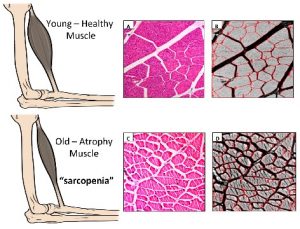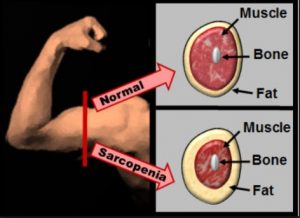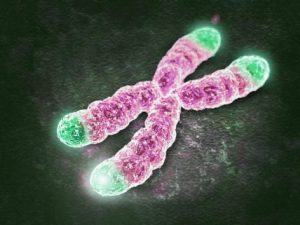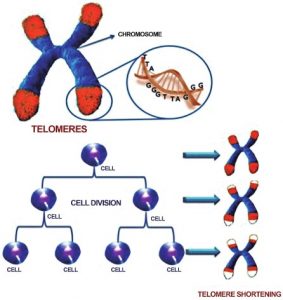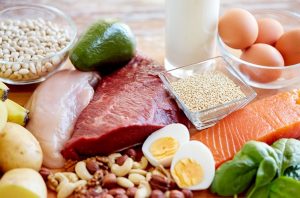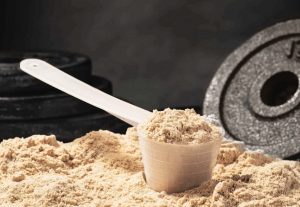General introduction to the phenomenon of aging:
Entering adulthood, and into old age, means witnessing changes, and I don't mean so much to counting a few more wrinkles when looking in the mirror. I mean much deeper, more important and radical changes, which for example affect our lean mass, that is, our muscle mass.
A phenomenon called sarcopenia consists in the loss of muscle mass, as you progress with the years, and I give a simple example in order to better understand what it is:
In practice, it is as if the engine of our car is always reducing its displacement with each passing year, and therefore it will have to move the mass of our car with less and less horsepower available.
In the following lines I will describe the fundamental aspects related to aging, no fear, because aging well, indeed very well is possible, and to do so a few simple and economic measures are enough:
Aging and sarcopenia
Sarcopenia is the loss of muscle mass, or rather the progressive loss of muscle mass linked to advancing age, the first sign that makes us understand that we no longer enjoy the (even biological) privileges of youth.
The phenomenon of sarcopenia is not only linked to the loss of lean mass, but also of strength, 2 factors joined together in a double thread.
In addition to assisting in a decrease in muscle mass, there is also an increase in adipose tissue (fat), which in this specific case is called adipose tissue filling.
Already at this point an important consideration must be made:
our body spends more energy maintaining 1 kg of muscle than 1 kg of fat, hence it is easy to understand how the filling adipose tissue, which will replace the muscle mass, will cause a lowering of the metabolism.
Also, with less muscle and more fat, you will lose function at the neuromuscular junction, resulting in a reduction in muscle contraction efficiency.
Certainly the situation described so far is not the best, and to complete the general picture of the disadvantages related to sarcopenia, as if that were not enough, there is also the decrease in the biological quality of the bone mass.
Fig. 1 - Representation of a healthy muscle and of a muscle affected by sarcopenia
Fig. 2 - Representation of a normal muscle, and of a muscle affected by sarcopenia, it can be seen that the latter is surrounded by an excess of filling adipose tissue.
Protein and gymnastics: 2 very effective remedies against sarcopenia
Are there any remedies for sarcopenia? Of course there are remedies, and they allow you to fight it very effectively.
A healthy lifestyle is an excellent antidote to sarcopenia, e the pillars of a healthy lifestyle are physical activity and proper nutrition.
Be careful because the term physical activity does not mean undergoing grueling workouts, but simply doing the most suitable gymnastics to counteract aging and sarcopenia.
A physical activity consisting of resistance training, i.e. with the use of loads, represents an excellent strategy for the purpose of building and maintaining muscle mass, as well as its efficiency.
A walk, performed at a good brisk pace, is an excellent strategy against aging, because it trains our heart.
But gymnastics alone is not enough, because it represents only the 50% of the "cure" against sarcopenia, the other 50% consists of a healthy and targeted diet.
And it is not intended to have to make who knows what sacrifices, or to go on a strict diet, but rather to introduce the right amount of proteins, essential for the maintenance of the precious muscle mass.
Aging: A matter of chromosomes
That aging is an inevitable process is written in human chromosomes:
The human being has 46 chromosomes, and their terminal part is called telomere, from the Greek "Tèlos" (end), and "Mèros" (part).
Incidentally, the great biologist Alexey Olovnikov, in 1971 he decided to call them telomeres as they represent the final part of the chromosomes.
Basically the telomeres "hood" the chromosomes, just like the plastic cylinders hood the shoelaces, to prevent them from fraying.
In the human being there is a continuous cell turnover, so there is continuous cell division.
Through cell division the renewal of our body takes place, because tissues and organs are renewed ... what do telomeres have to do with it?
With each cell division, the length of the telomeres decreases, thus leaving the chromosomes less and less protected, and when the telomeres become too short, it happens that the cells lose the ability to divide, therefore to renew our body.
Fig. 3 - Representation of a chromosome, highlighting the telomeres in the terminal parts
Fig. 4 - Representation of the cell division process, related to the shortening of telomeres
We lengthen the telomeres:
Can we just passively undergo telomere shortening, or can we do something?
Of course we can do something, but first I have to talk about an enzyme called telomerase:
the telomerase enzyme allows telomeres to be extended again, and it goes without saying that it is in our interest to increase the production of this enzyme.
But how is the production of the telomerase enzyme increased?
Among the main factors capable of increasing telomerase synthesis we have the practice of motor activity, and the fact of following healthy eating habits.
In short, the habits that allow you to effectively counteract sarcopenia, also serve to lengthen telomeres.
Bicycling, 3 times a week, for 45 minutes (per ride), allows you to double the length of your telomeres in just 6 months.
A very significant study involved 1,200 twins, divided into 2 groups of 600 people each:
One group was formed by sedentary individuals, the other by amateur sportsmen, well the telomeres of the sportsmen group were much longer than the telomeres of the sedentary ones.
Aging well is possible, because it is possible, through physical activity and good nutrition, to counteract sarcopenia, and to increase the production of the telomerase enzyme.
How do we get so much valuable information about telomeres and the telomerase enzyme?
Thanks to the studies carried out by the Doctor Elizabeth Blackburn, which in 2009 won the Nobel Prize for medicine, precisely for his discoveries regarding telomeres and telomerase.
Read also:
Proteins: biological value and protein sources

